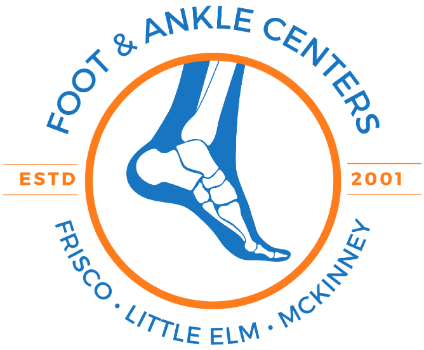Get Back To Being Activite With Expert Podiatric Care For Achilles Tendinitis
Achilles tendinitis can turn into a disabling injury without appropriate care. Fortunately, your body’s built-in warning system tells you when it’s time to get off your feet and go to Foot & Ankle Centers of Frisco, Little Elm, & McKinney. Our podiatric team offers conservative and advanced treatments to heal your Achilles tendinitisand make a full recovery.


How Do Our Podiatrists Heal Your Achilles Tendinitis?
At Foot & Ankle Centers of Frisco, Little Elm, & McKinney, our podiatrists will diagnose the severity of your Achilles tendinitis by performing a physical exam and asking questions about the history of your injury, but an MRI is required for a diagnosis. An MRI may uncover severe deep tendon damage requiring surgical repair or find an intact tendon that can withstand normal activities with a stretching program.
Most of the time, our patients get help right away and can be treated with conservative methods. For most people, resting the injured tendon, using ice and nonsteroidal anti-inflammatory drugs to keep swelling down, stretching properly, and wearing custom orthotics will provide enough support to heal the injury. Your doctor will recommend how long you should keep off of your injury and the types of stretching and strengthening exercises to rebuild your strength. Your doctor will also go over the types of orthotics that will be required for the different stages of healing, such as a walking cast boot, heel lift, and night splint.
For more severe cases, our doctors will recommend regenerative injection therapy in order to inject stem cells into the injury to help regenerate the tissue and promote healthy tissue to grow. This often helps reduce pain and improve mobility in our patients. Another option that our podiatrists can recommend is extracorporeal shockwave therapy (ESWT). This produces similar results to regenerative injection therapy as the energy shockwaves stimulate the healing process. This method is best for treating injuries that have trouble healing due to chronic scar tissue.

